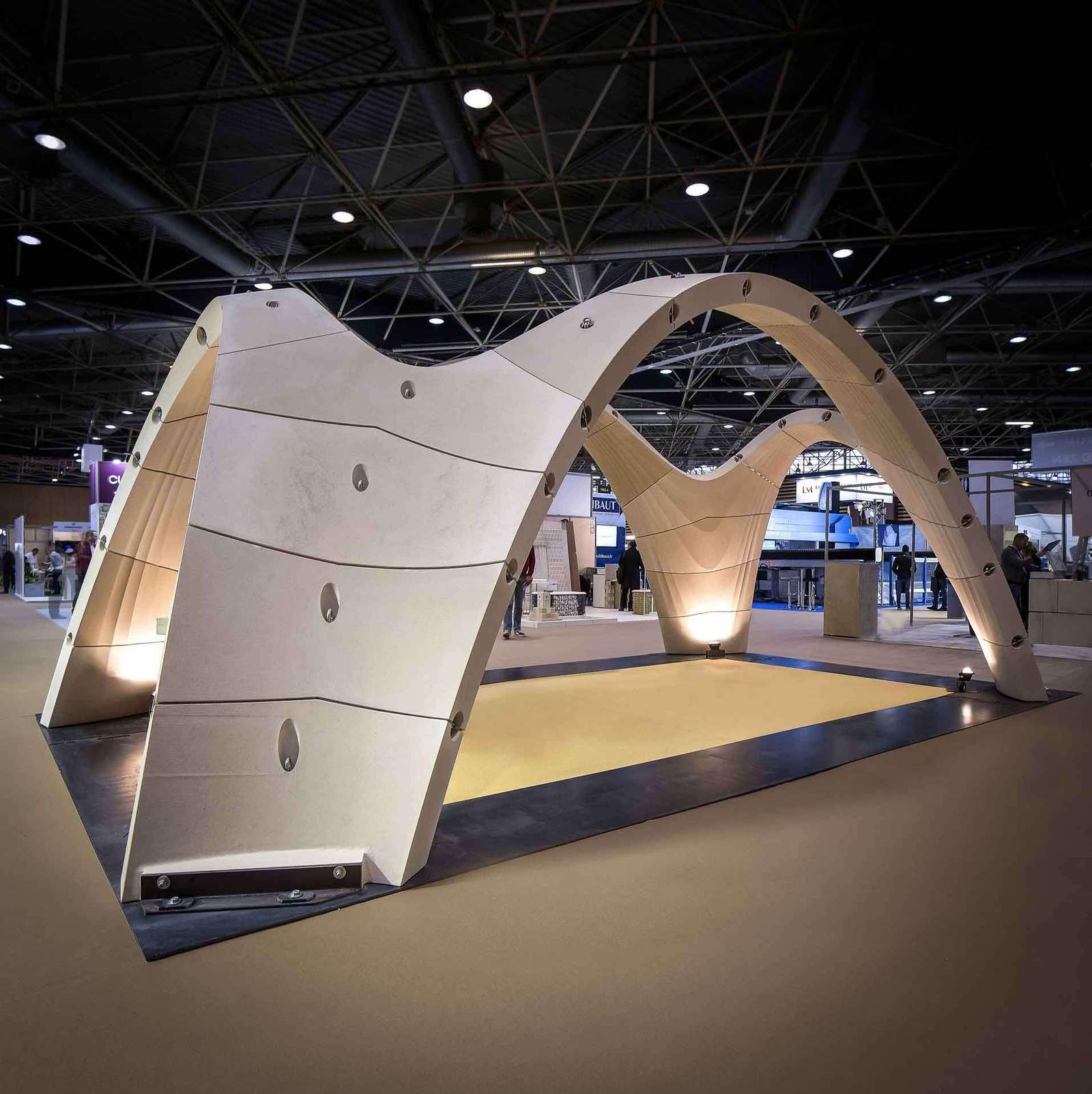Retrofit Existing Buildings
Retrofit Existing Buildings offer a chance to improve the energy efficiency of commercial building assets for their long-term usefulness. Retrofitting commonly entails making changes to already-existing commercial buildings that could increase energy efficiency or lower energy demand. Moreover, retrofits are frequently utilized as an opportunity to install distributed generation in a building as well. Energy-efficiency upgrades can save operating expenses. Especially in older buildings, as well as aid in luring tenants and gaining a competitive advantage.
Furthermore, from the initial planning phases to post-retrofit monitoring, the Building Technologies Office’s services enable planners, designers, and owners to concentrate on energy-use goals. How to carry out an energy-efficient retrofit is described in the Advanced Energy Retrofit Guides. Therefore, through simulations, energy modeling software assists in determining the most effective strategies. Additionally, during a refit, the Technology Portal can be consulted to help with fact-based buying decisions. Below are some more government resources.
Primary Sources
Manual for Building Upgrades
Use this tactical manual to assist in the planning and execution of affordable, energy-saving building modifications.
Reference Structures for Businesses
Investigate the energy models that describe 70% of commercial structures in the US, and use this data as a starting point for setting energy performance targets.
EnergyPlus
To simulate and optimize the energy and water use of your buildings, utilize this whole-building energy simulation application.
Workflow Training for OpenStudio: Energy Modeling for Retrofit Projects
Create a baseline simulation, and model, and run simulations for retrofit alternatives using this interactive checklist from the National Renewable Energy Laboratory (NREL), then compare the results with your baseline model.
Read more on INJ Architects:
Effects of Environmental Changes on Structures and Developments




